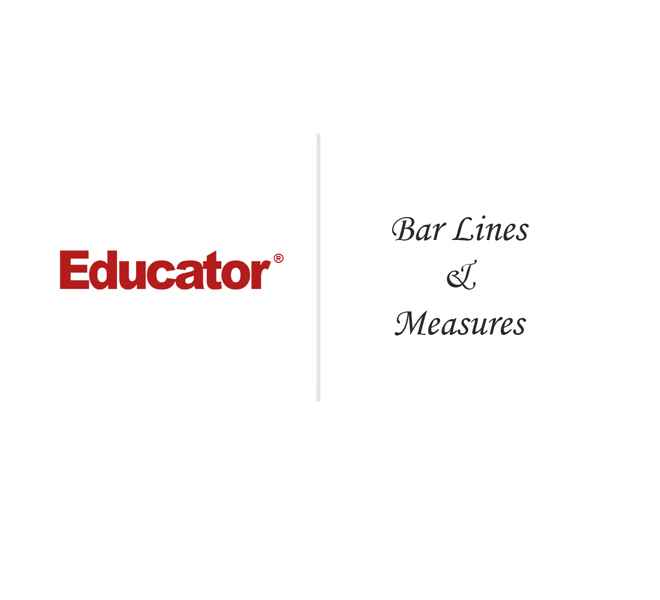Connecting...

This is a quick preview of the lesson. For full access, please Log In or Sign up.
For more information, please see full course syllabus of Music Theory
For more information, please see full course syllabus of Music Theory
Music Theory Bar Lines & Measures
Lecture Description
In this lesson, our instructor Laura Ryan goes through an introduction of bar lines and measures. Beginning with an explanation of bar lines, measures, and time signatures, Laura continues with double bar lines and repeat signs. She shows how measures are visual representations of time in music. The video ends with multiple examples of writing different measure symbols.
Bookmark & Share
Embed
Share this knowledge with your friends!
Copy & Paste this embed code into your website’s HTML
Please ensure that your website editor is in text mode when you paste the code.(In Wordpress, the mode button is on the top right corner.)
×
- - Allow users to view the embedded video in full-size.
Next Lecture
Previous Lecture















































0 answers
Post by Joyce Cheung on December 16, 2014
I would like to ask if the term "bar" is exactly the same as "measure" ? If not, what is the difference ?
0 answers
Post by Linda Volti on February 12, 2014
In the example of the first and second endings you don't seem to be playing what you wrote for the right hand in bar 3 beat 3.
1 answer
Thu Jun 6, 2013 10:35 AM
Post by John Culjak on December 25, 2012
I'm a bit confused.... In the "First and Second Ending" example you are playing two E notes but I don't see how they correspond with the two written E notes (in the first measure). If middle C ( the C between the two clefs) is C4 than I see you've written down E5 (in the treble clef) and E3 (in the bass clef). But you play them only an octave apart (E3 and E4?). Do I got this right? It seems that you should be playing them two octaves apart.